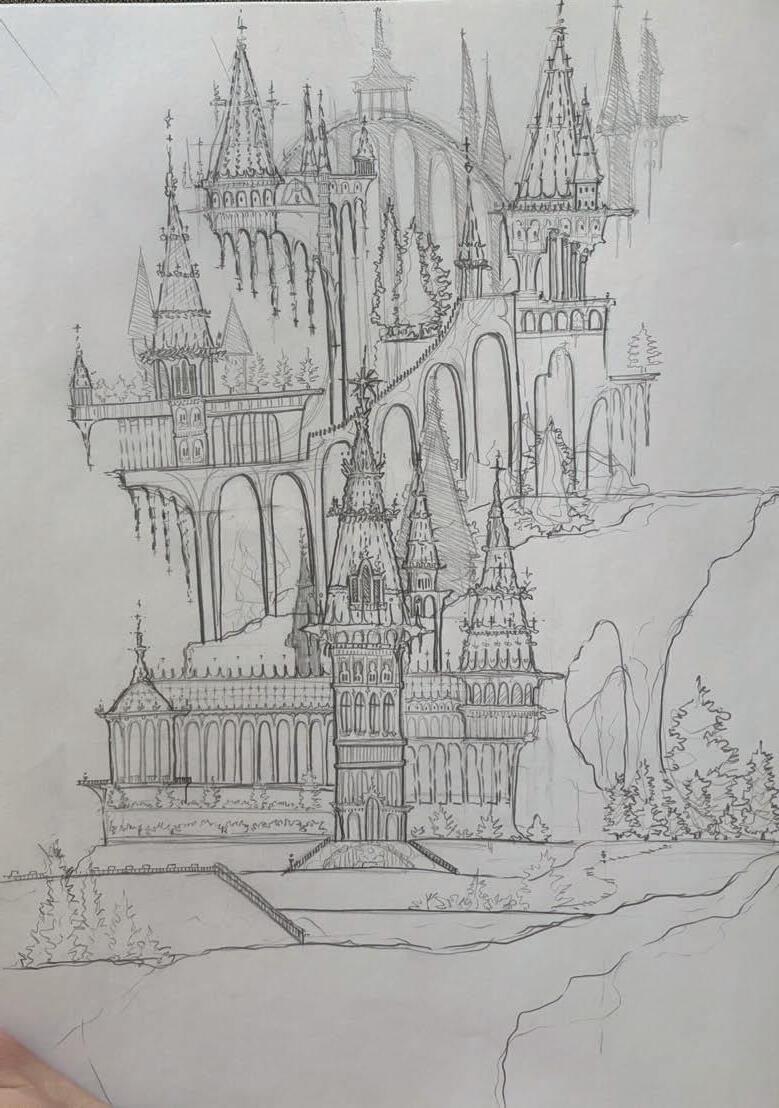

PORTFOLIO
Ellie Rockers Selected Works
“Nature builds up her refined and invisibile architecture, with a delicacy eluding our conception, yet with a symmetry and beauty which we are never weary of admiring.” - John Herschel
“Architecture is supposed to complete nature. Great architecture makes nature more beautiful; it gives it power.” - Claudio Silvestrin





















James Gardner Ave.
Comanche
S Santa Fe Ave.



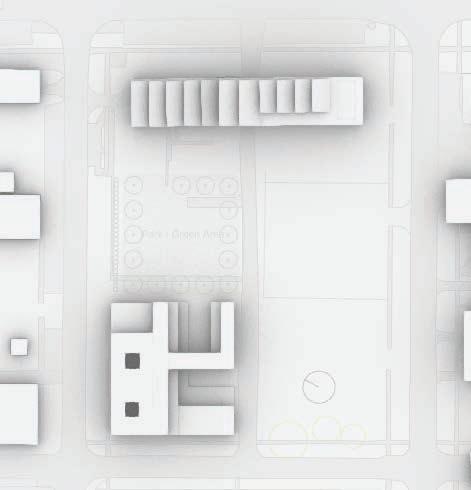


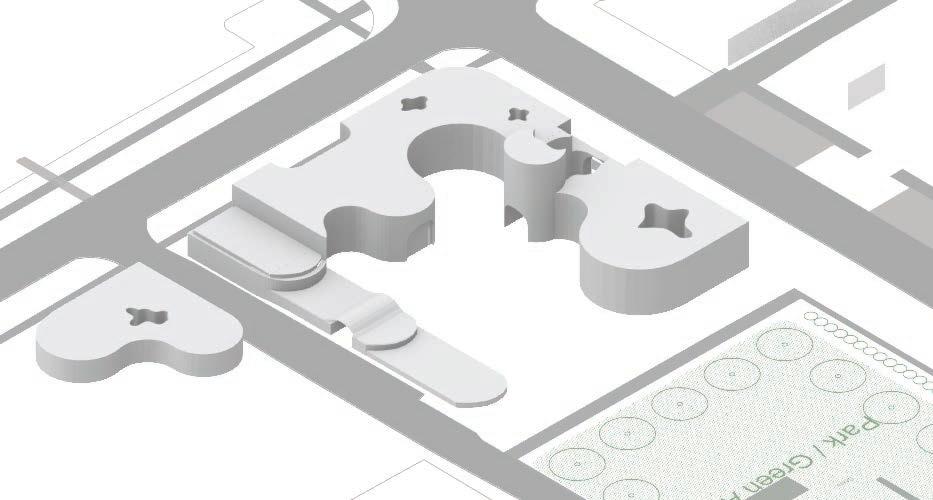
Massing Exploration
▶ The massing of the Culinary School emphasizes and addresses the adjacent community garden, creating a connection with the area through views and open courtyard directed towards it. By doing this, as well as through the curvalinear carved forms, the massing demonstrates a thoughtfulness of nature as a centerpiece of the entire program. Nature provides with food and nourishment; this is a thematic concept portrayed by the culinary school.
Lobby/Student Lounging Area
Cooking Theatre Kitchen
Teaching Kitchens
Trash/Compost Area
Dishwash and Potwash
Food Storage
Classrooms
Reference/Data Access
Bistro with Kitchen
Wine Room
Director’s O ce
Admin/Support Sta
Teaching Personnel O ces
Work Space/Supply Room
Small Conference Room
Copy Room
Break Room
O ce Storage
Men’s Bathrooms
Women’s Bathrooms
Unisex/ADA Bathrooms
Sta Changing Room
Janitorial Closet
Central Recieving Area
Delivery Truck Access
Primary Adjacency
Secondary Adjacency
Undesirable Adjacency
Neutral Adjacency




West Elevation
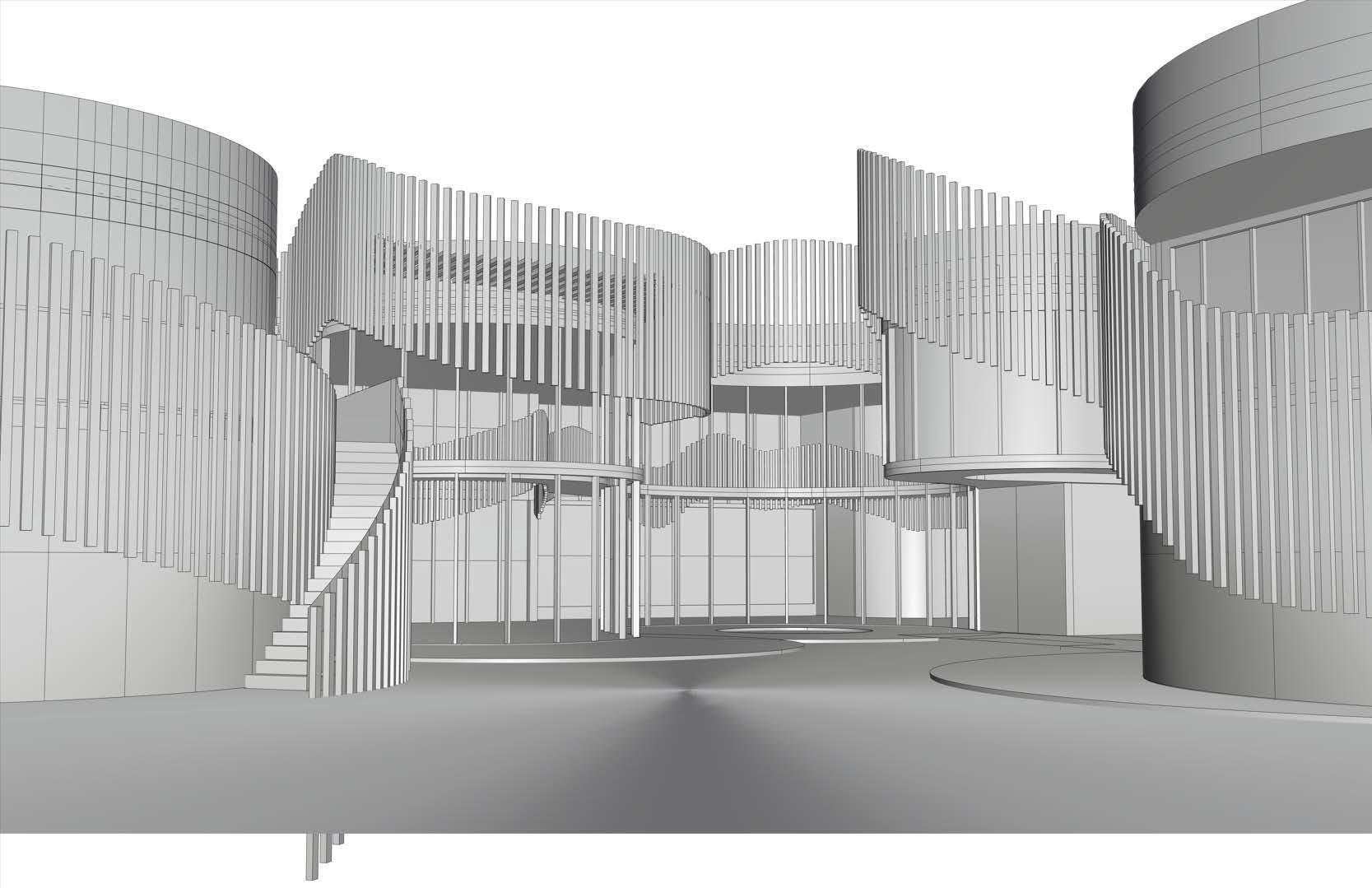
Exterior Perspective - Courtyard
BLER: Building and
Landscaping for Ecological Regeneration
CHALLENGE
South of OU Campus, dangerous Highway 9 becomes a inhibitive separation for animals crossing between the Oliver Woods nature preserve and our site, a green space that holds opportunity for inhabitation by oklahoma wildlife.
SOLUTION
▶ The Eco-Corridor, an architectural crossing for wildlife, can be designed across Highway 9 to aid in the migration of animals from Oliver Woods to our site. Adjacent to this crossing is the BLER Research Center, where scientists may not only have space to study native wildlife, but additionally educate and enrich the Norman community.


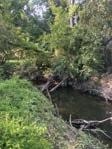


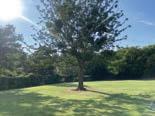
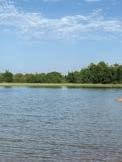









































































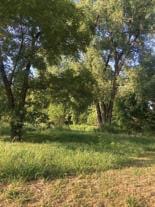































































































































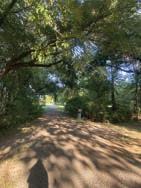
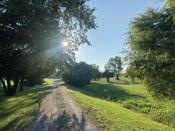
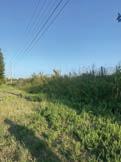
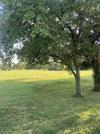
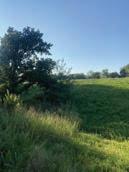






















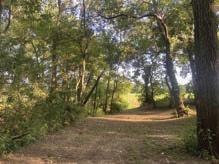
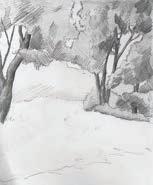

Site Analysis































































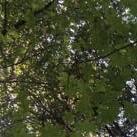
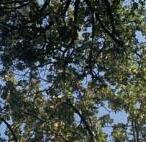
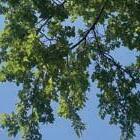




BLER
Mapping Habitat


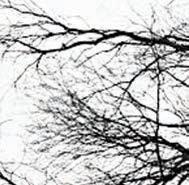
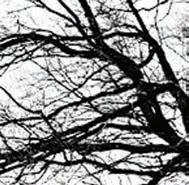
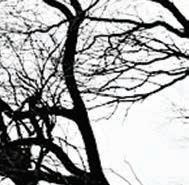
HABITAT
Carolina Chickadees live in deciduous woodlands, swamps, riparian areas, as well as open woods and parks. T hey can be found in both suburban and urban areas. They mostly inhabit coniferous forests, usually sprice and balsam fir, often near water.

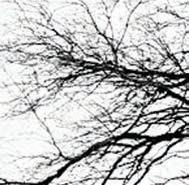

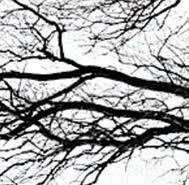

BEHAVIOR
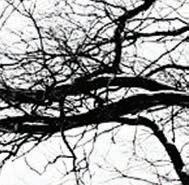
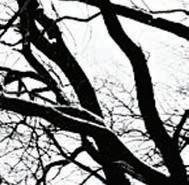
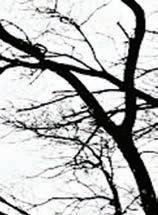


DIET
Carolina Chickadees are friendly, playful, and curious. In addition, they are resourceful and acrobatic, and can commonly be found foraging upside-down.













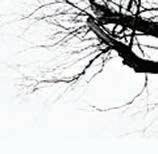












Carolina Chickadees eat a variety of seeds, berries, and small fruits, as well as insects, spiders, moths, beetlees, and aphids.

















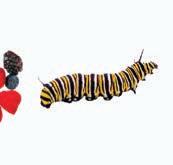
















































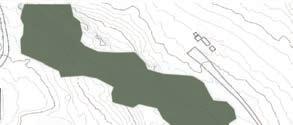








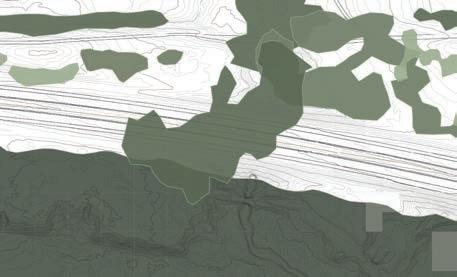














MEASURE
Length: 3.9-4.7 inches

Wingspan: 5.9-7.9 inches Weight: 0.3-0.4 ounces























































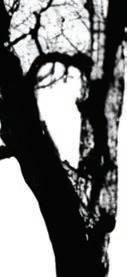
Researching the Resident
Inspired to consider the needs of a specific animal species native to Oliver Woods, the California Chickadee was researched in order evaluate the creation of the Eco-Corridor. As these birds search for natural cavities and crevices to create their nests, conceptualized was an Eco-crossing that architecturally recreated these desired habitats, with curvings forms and spaces that can be available to the chickadees for nesting, further inspiring proximity to the site and the Research center.
NESTING




PREDATORS



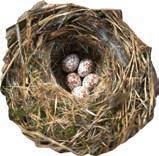



















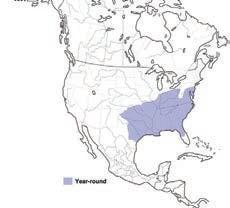



CONNECTION
High connection between reserve and northern area through canopy of trees to assist in crossing
MOVEMENT
The Carolina Chickadee roams throughout eastern North America.
Carolina Chickadee
Carolina Chickadees spend time foraging for food, visiting feeders, and building their nests. T hey commonly collect colorful mosses to add to their nests.
Carolina Chickadees to build their nests in tree cavities as well as dead trees, stumps, and limbs.
Hawks Shrikes Owls
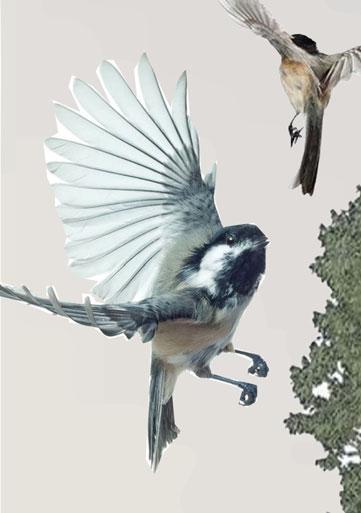
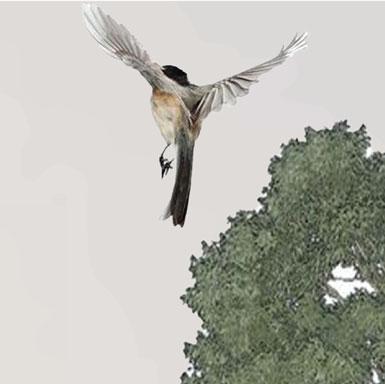

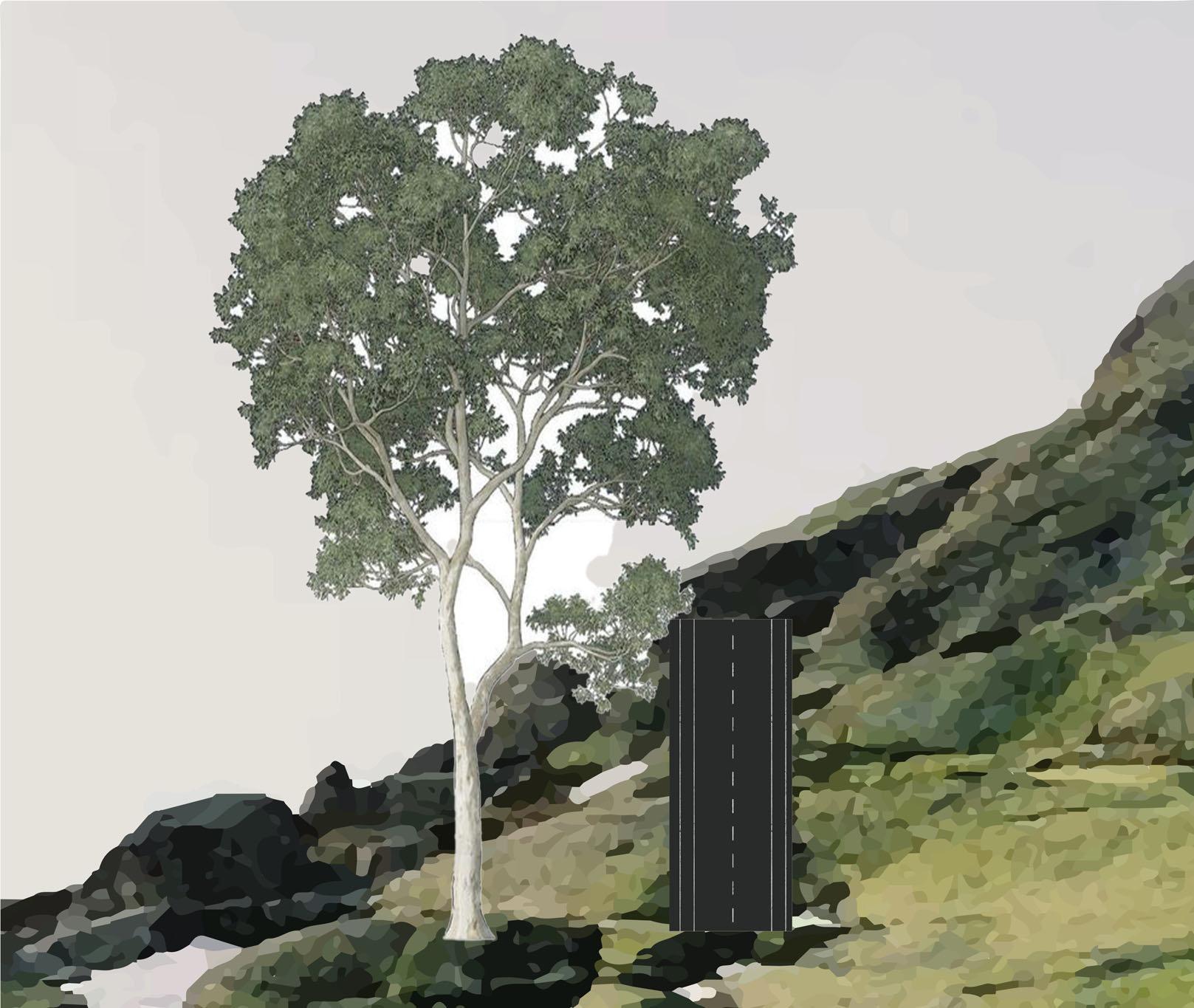
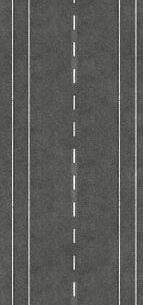
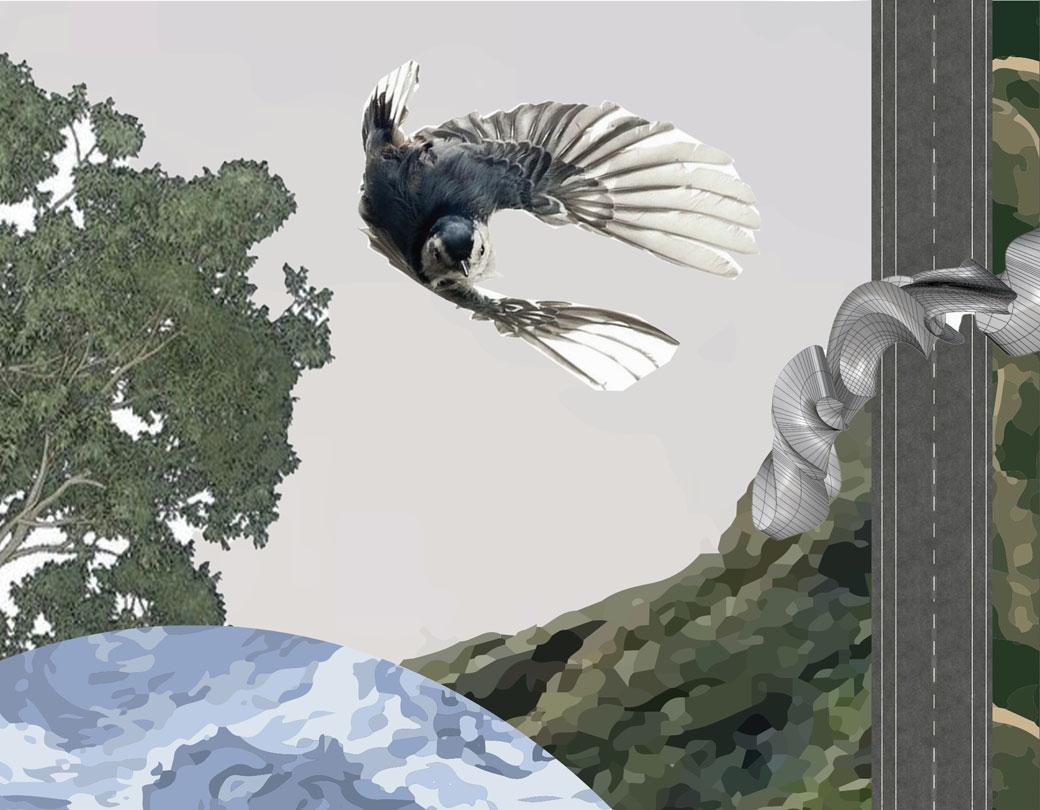

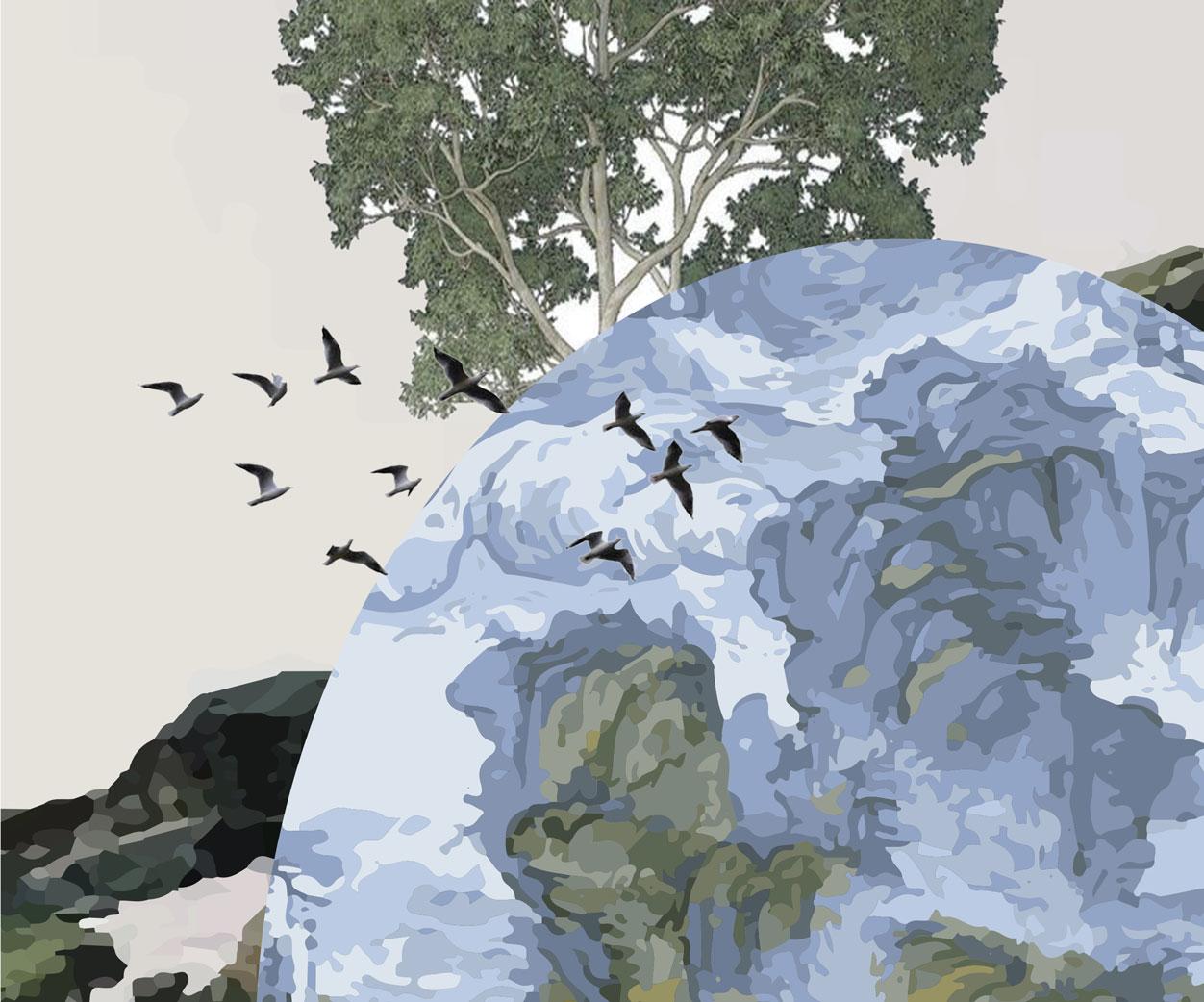
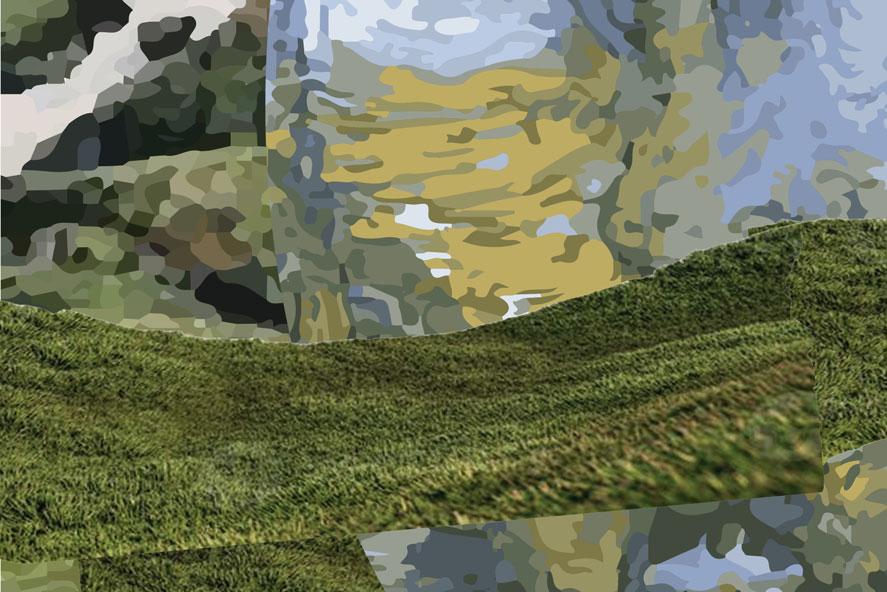

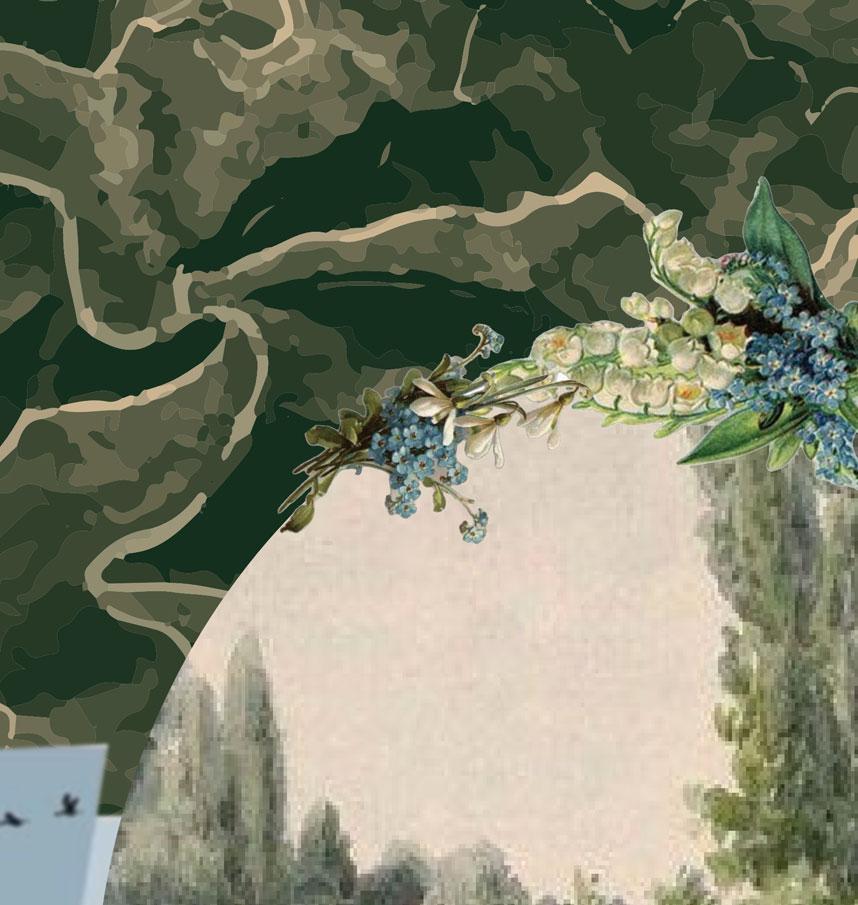
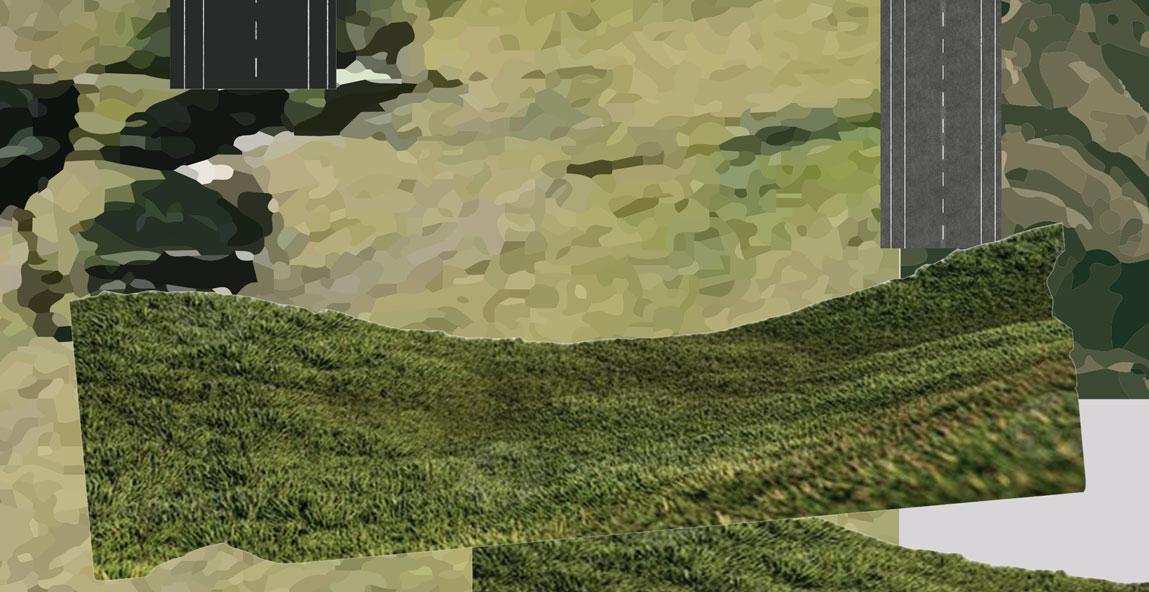
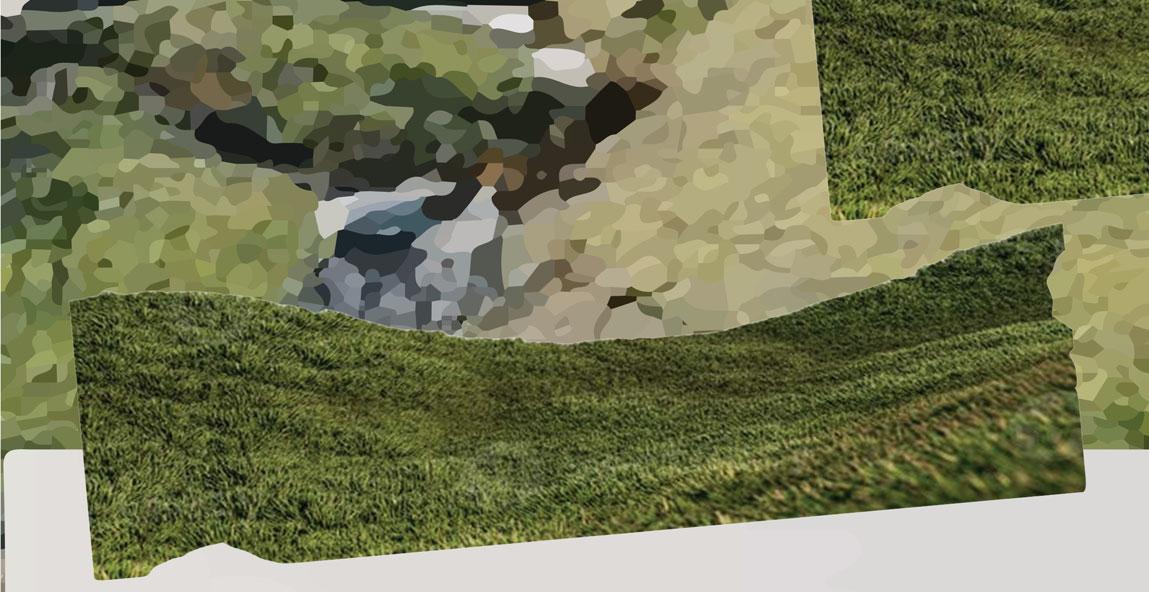
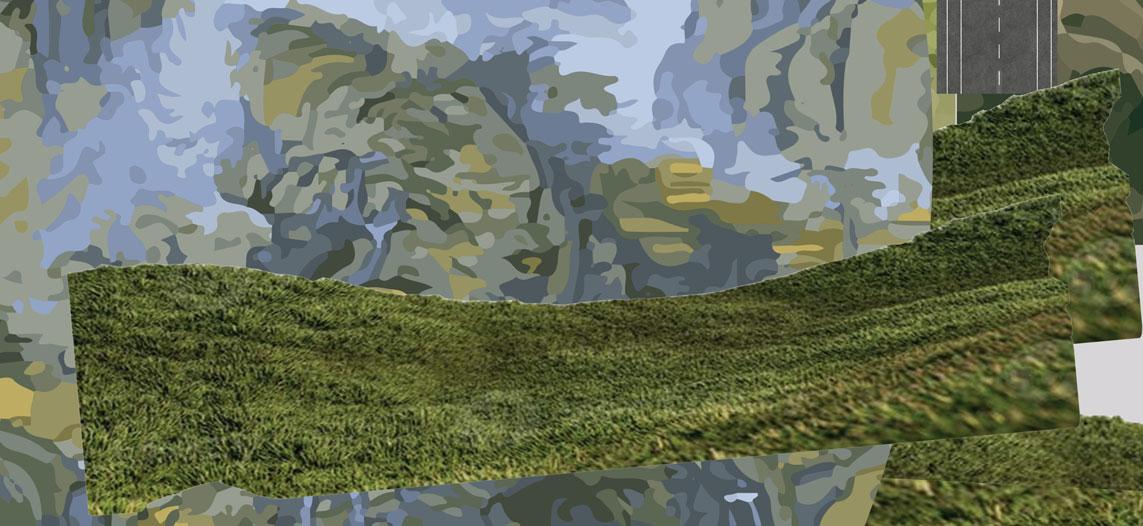



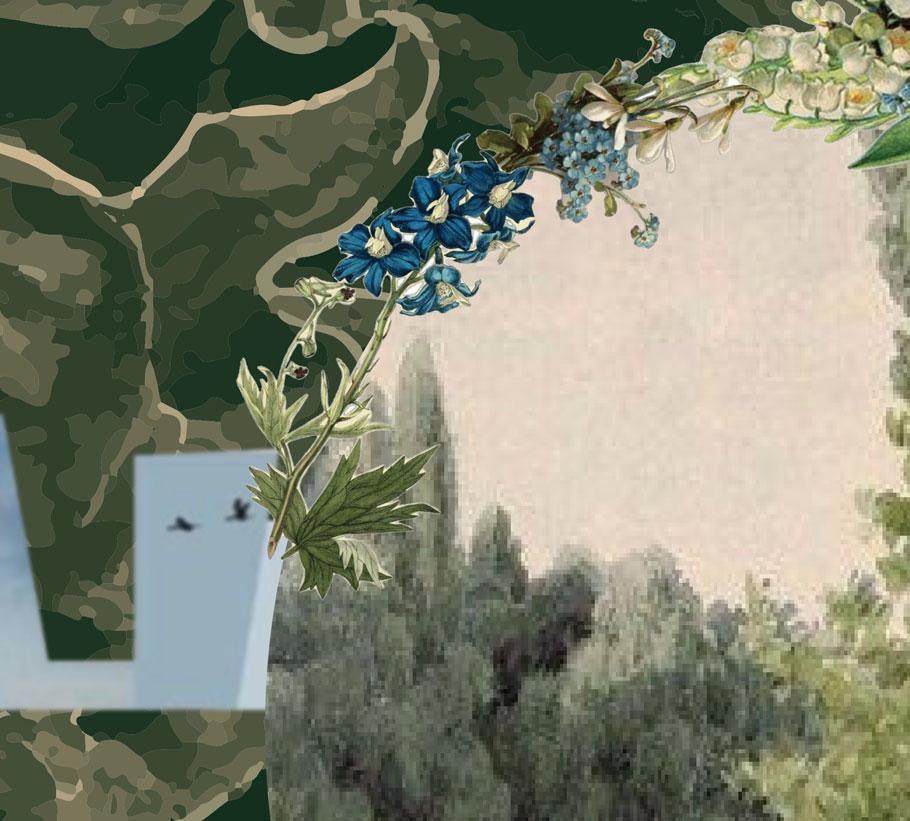
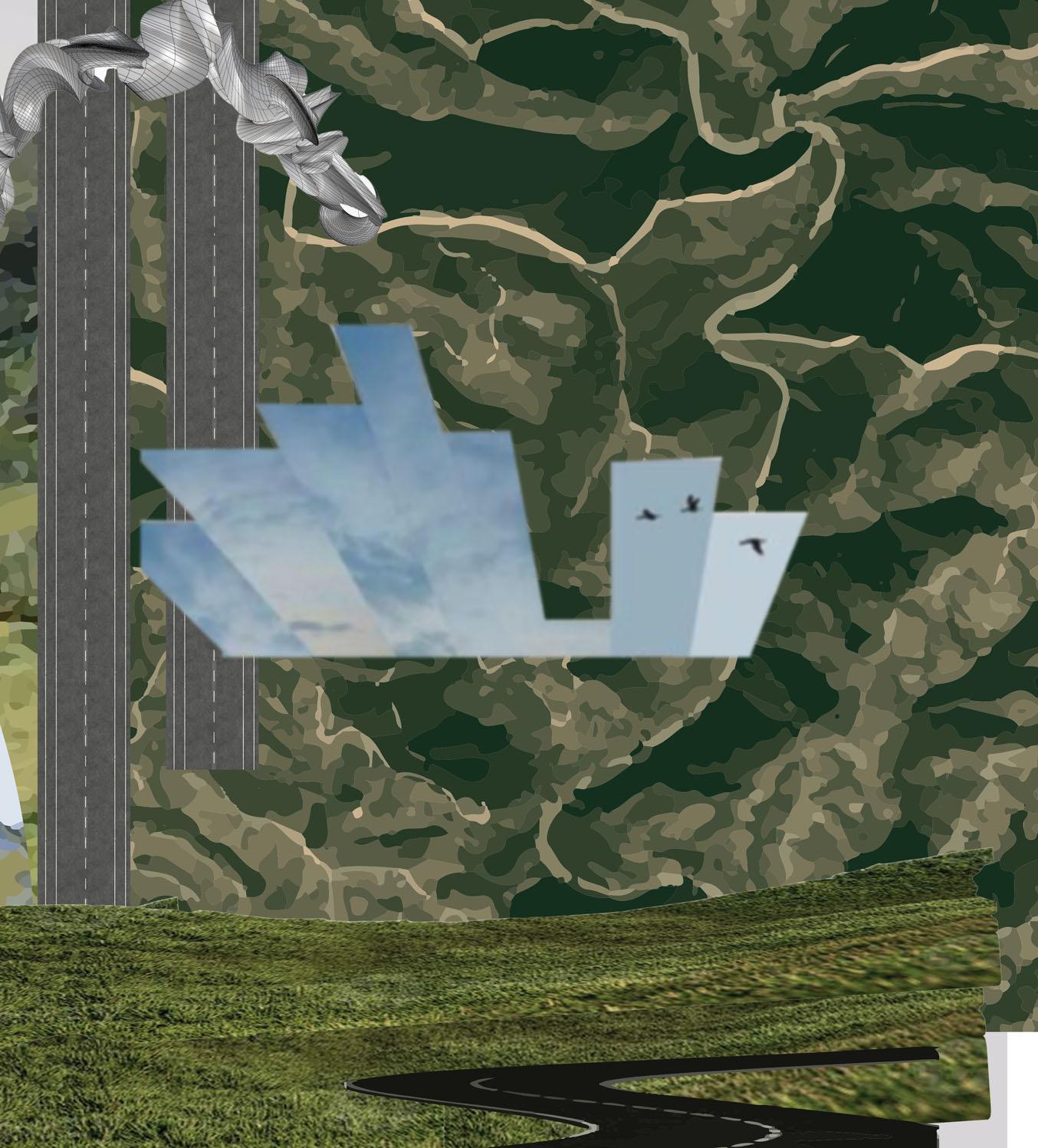
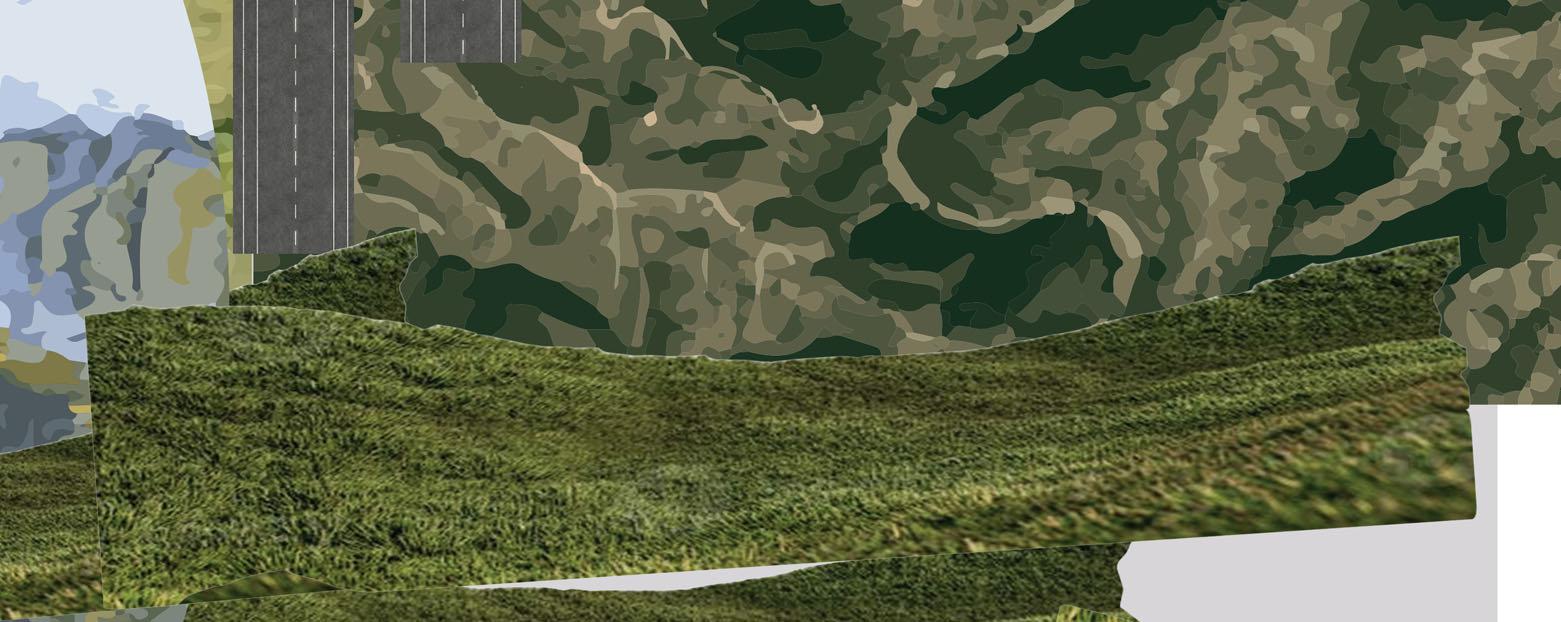


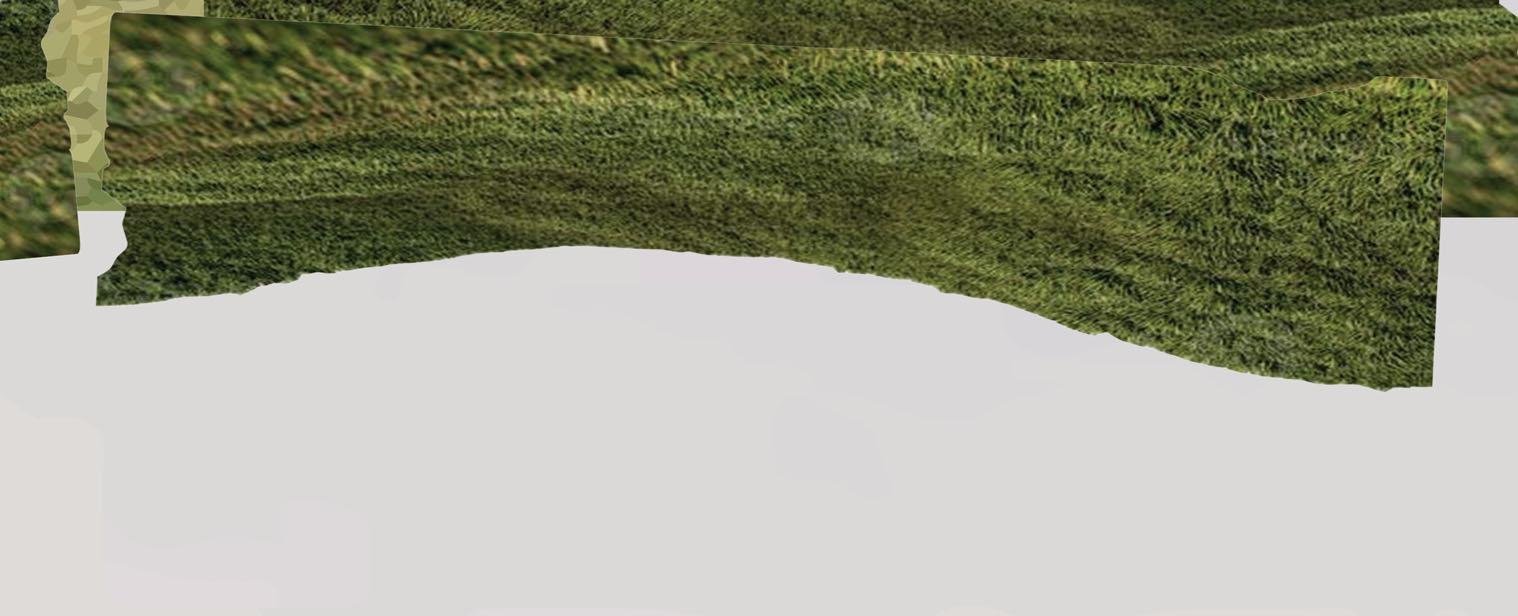
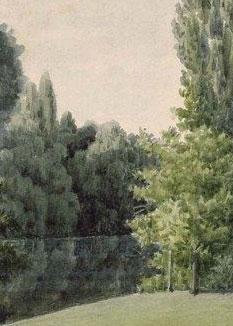
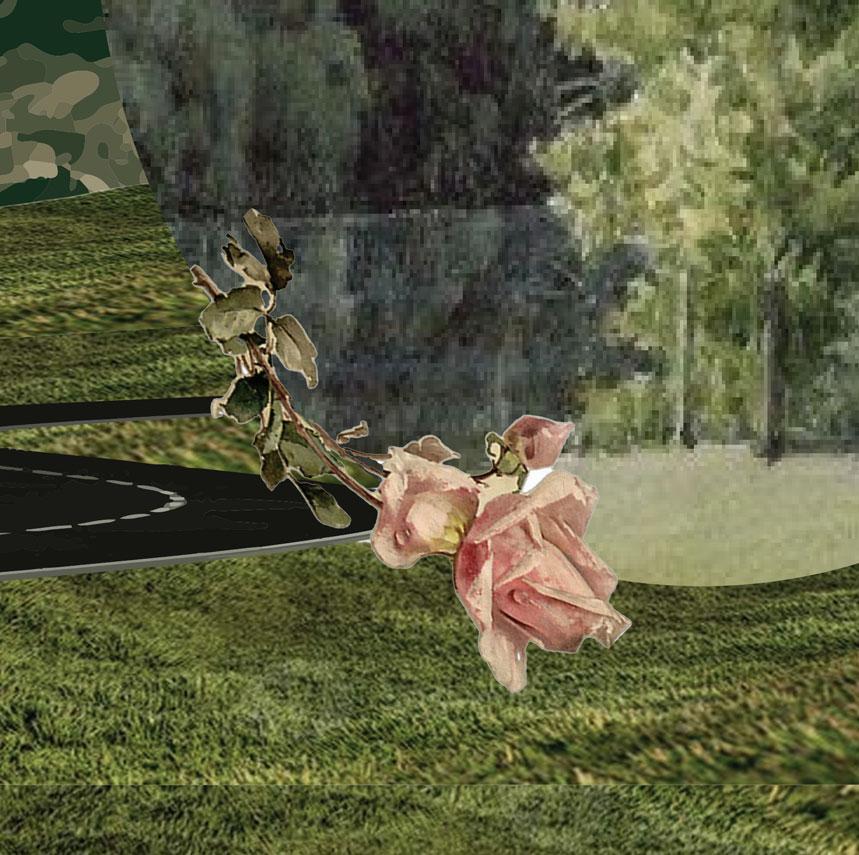

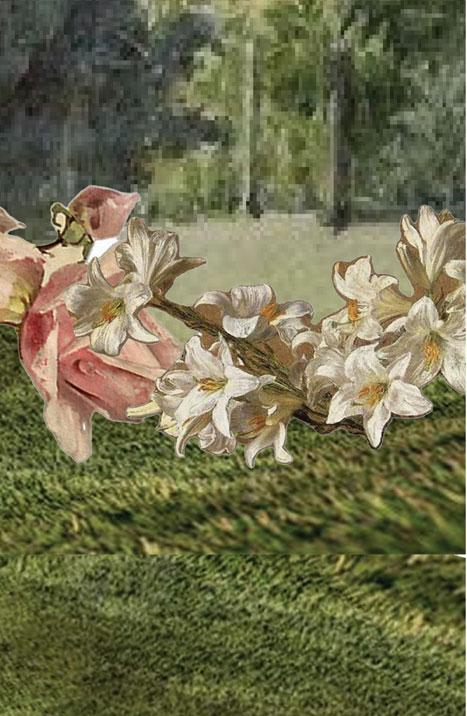
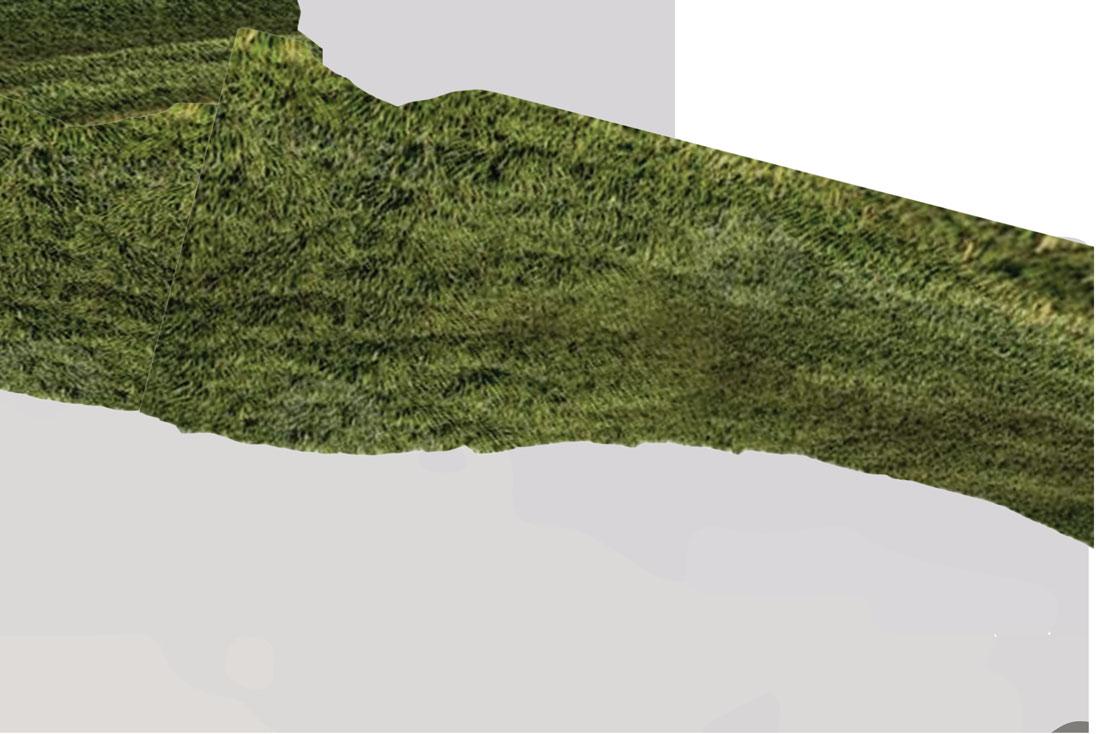
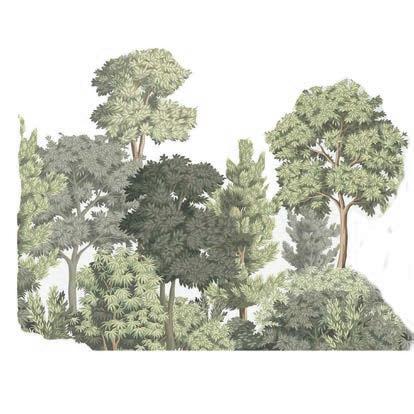
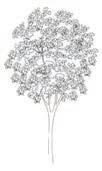
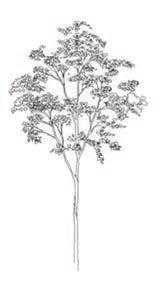







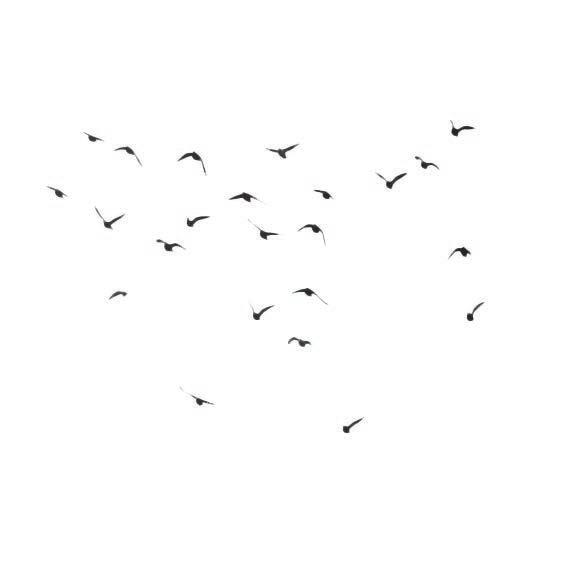
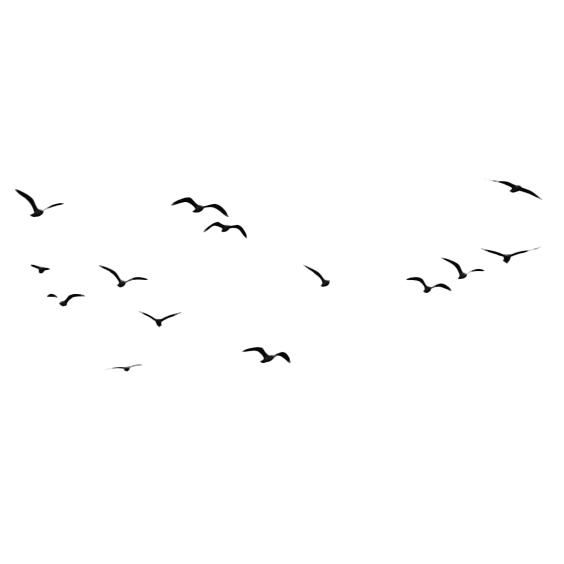

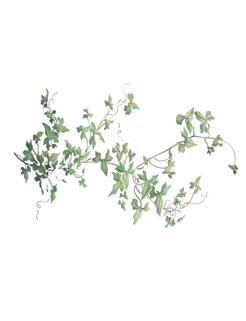


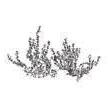

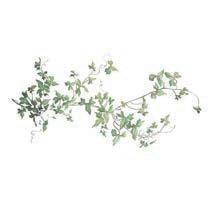









BLER Research Center
Adjacent to the Eco-Corridor, on site is the BLER Research Center, where scientists, students, and visitors may gain knowledge and education, as well as enjoy the Eco-crossing and immenities of the facility. The massing of this building puts nature on a pedestal, featuring a large tree at the epicenter, as well as a canopy that creates habitat for birds and shade for visitors.

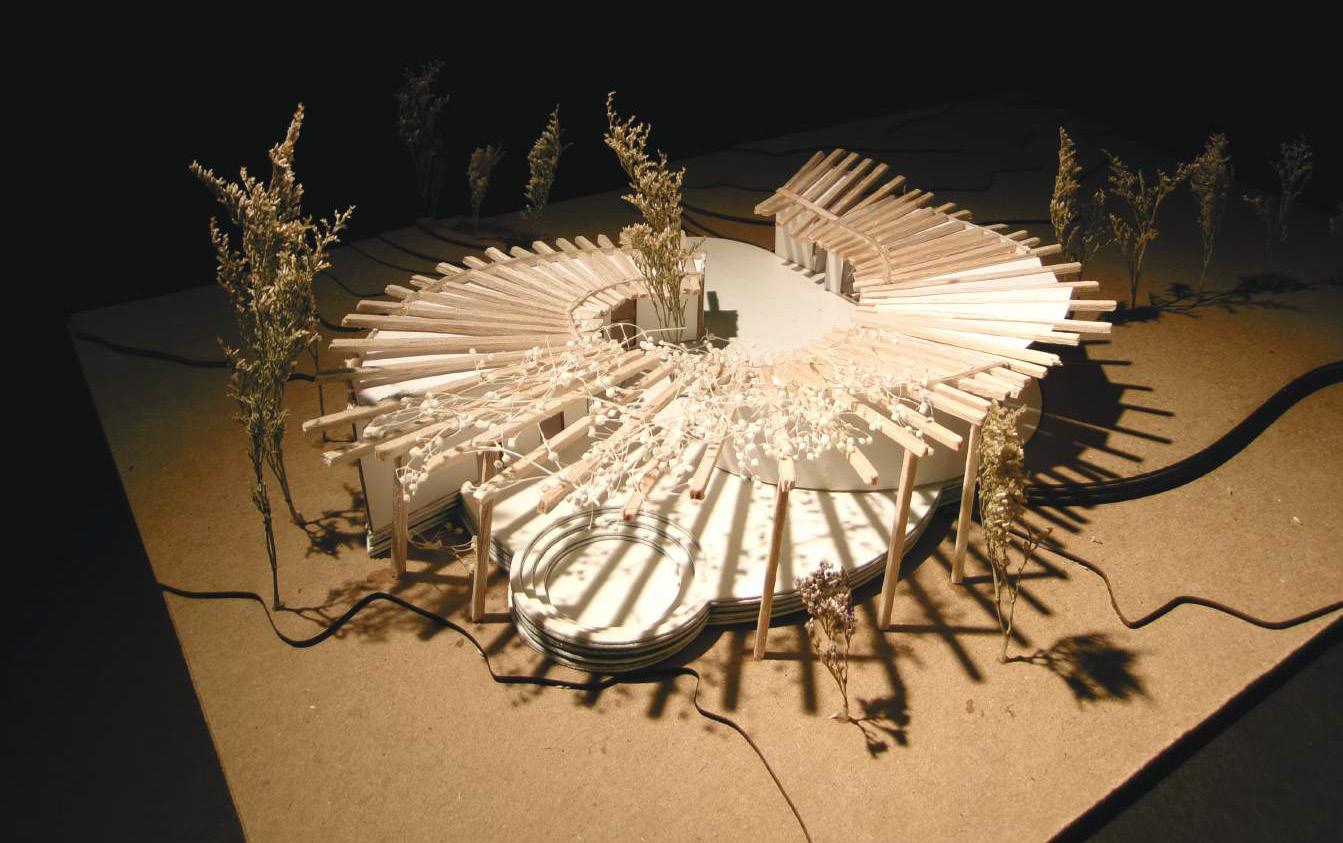
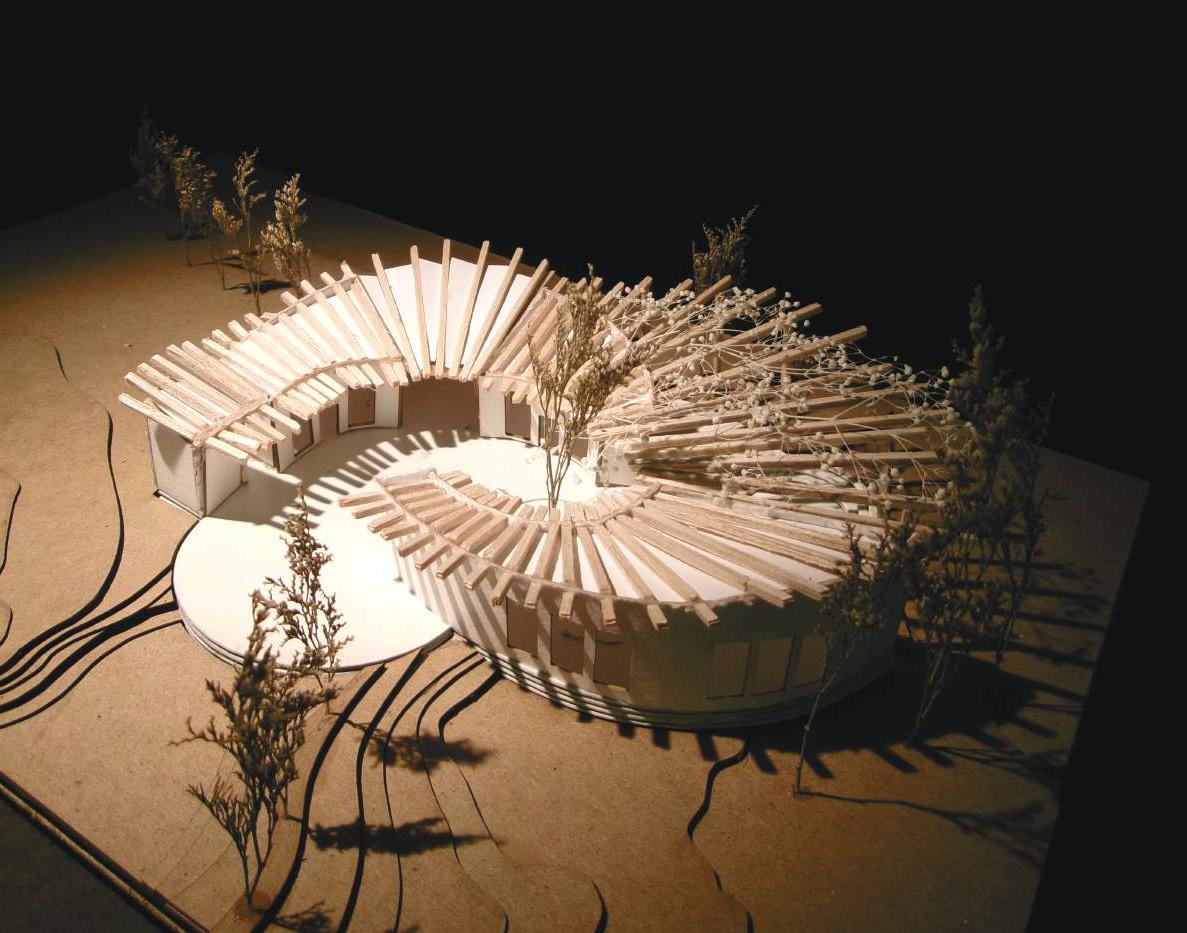
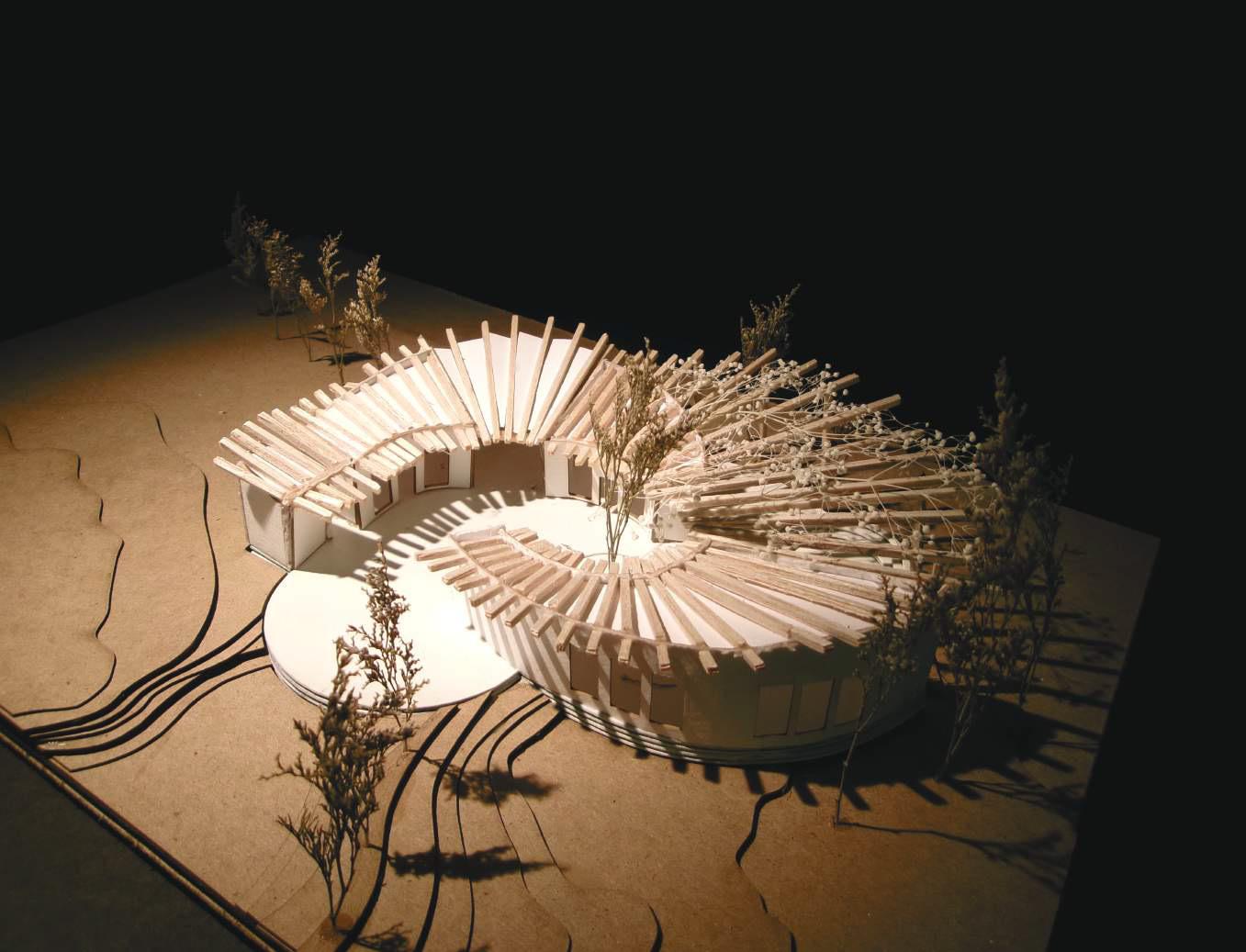

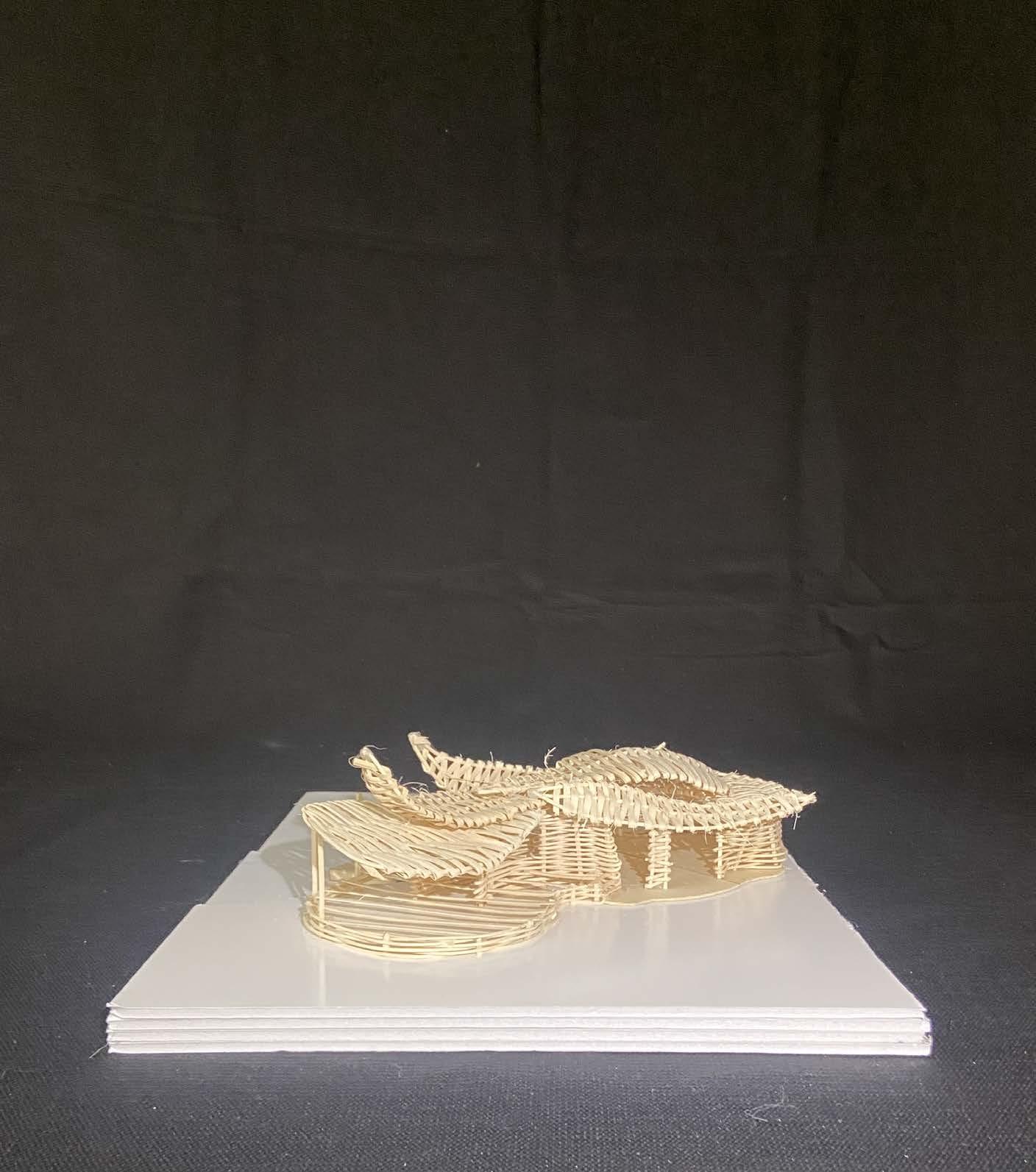
Selected Works
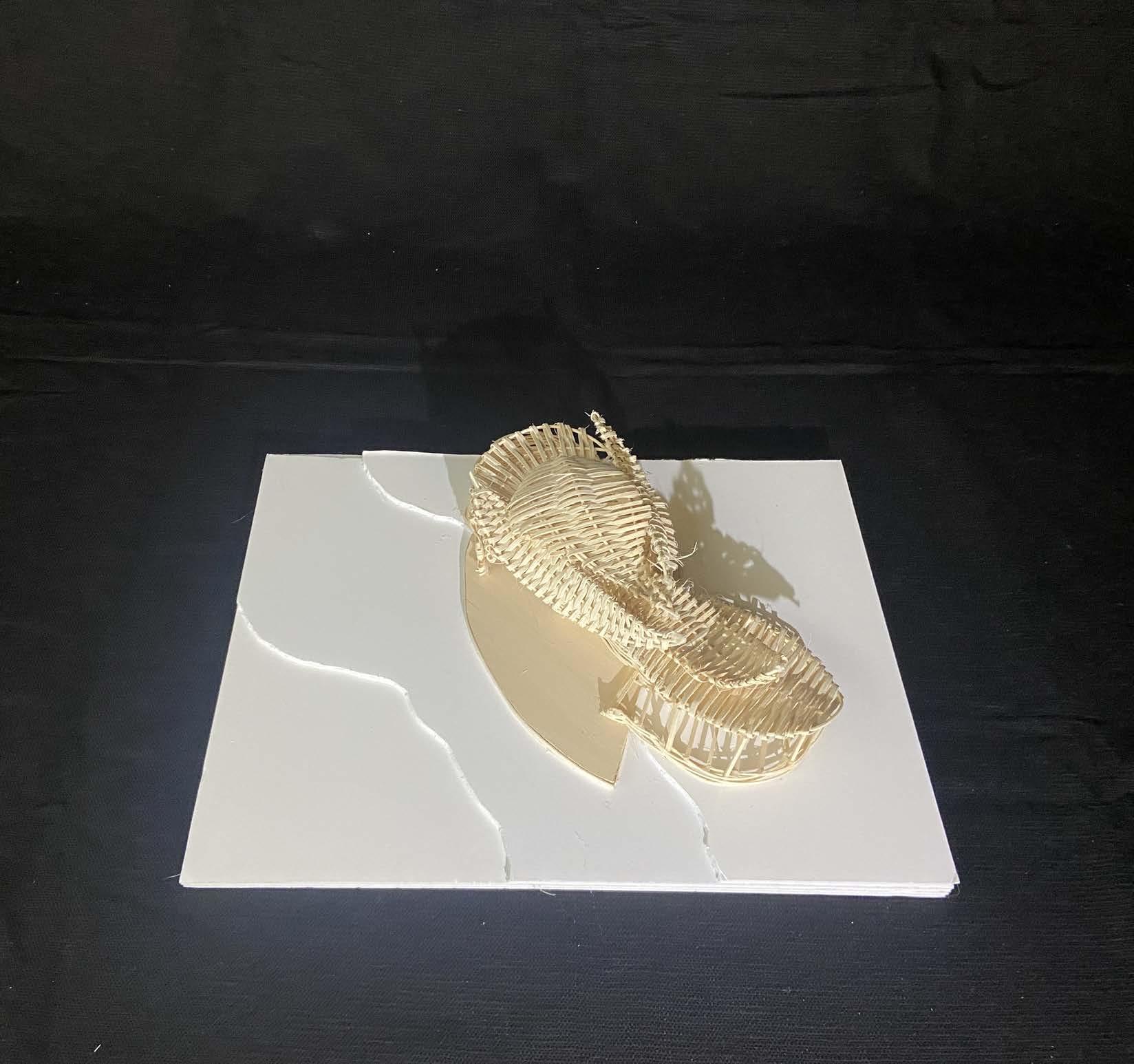
Weaving the Storm

